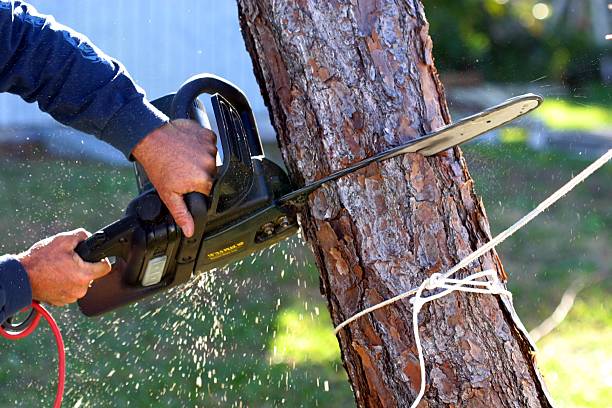How To Use Different Plants In Your Landscape Design
You might think it's too hard to re-do your own yard, but that's not really true. If you have an idea about what you want your yard to look like, you can learn how to landscape it to match your vision. Just read this article to learn some tips for landscaping and you'll be all set.
To help you landscape your home garden, draw a sketch before beginning your plans. By sketching out the details of your space with accurate scaling, you will get a better perspective on what you can fit into your space, what types of plants or accessories are appropriate and the various layout options you can experiment with.
When planning a landscaping project for your home, be sure that you try to completely estimate all of the costs involved. This is critical. Not only do you want to make sure that you are not stuck on a project that you cannot finish, but you also will be able to plan out what materials you need before going to the store.
Granite is an excellent material to use for an outdoor kitchen. There are many cheaper materials available, but they can be damaged by water, temperature fluctuations or having hot items placed upon them.
Test your soil before beginning your landscaping project. Getting your soil examined is a good way to decide whether or not it needs adjustments before you start introducing new plants. Matching up your plants with the best kind of soil is the key to keeping them healthy and attractive.
To help pay for your project, you should divide it into different stages. You will only have to pay for one stage at a time. If landscaping is a hobby for you, taking your time is important since creating the landscape is often more fun than maintaining it on a regular basis.
Try talking to a pro before you start working on your landscape. You might not need a landscape designer or architect to draft your whole project, but for under $100, a consultation that lasts about an hour can be well worth the money if it prevents you from making costly mistakes later on.
One of the most important things you can do to reduce your landscaping costs, is to draw up a plan before you begin buying plants, and building materials. Knowing what you need, and where it goes will prevent you from wasting money on unneeded items. You'll save you time as well.
Always use odd numbers of plant groupings. It is more pleasing to the eye and more natural looking to see groups of 3, 5 or 7 plants than groups of 2, 4 or 6. Aim for plantings that are more triangle-shaped than square-shaped, and your landscaping will have more eye appeal.
Before you get out the shovel and wheelbarrow, make a careful plan for your landscaping project. You really need to think about what your goals are before you begin. What will you be using this outdoor space for when it is completed? Is it for sitting quietly and reading a book or for entertaining guests? Knowing your goals before starting will help you to achieve your desired outcome.
Start any landscaping with a plan of action. With landscaping projects, it's easy to find yourself overwhelmed with material and decorative needs. Take the time to plan it all out before the start, and build a list of every item that will be required, no matter how small the item. This way, you can save yourself lots of one-at-a-time trips to your local garden store.
When selecting trees for your landscaping project, look for those with rough, glossy or peeling bark. Birch, crepe myrtle, paperbark maple and Japanese cherry trees all have interesting bark that can add texture and visual appeal to your landscape design. Choose trees with bark colors that complement other aspects of your landscape, such as stones or flowers.
Focus on plant, and garden organization, that takes care and treatment similarities into account. Many plants share common fertilizer, and maintenance needs. If you group plants together according to their health requirements, including sun exposure, you will minimize your maintenance time through consolidation of effort. Your feet will thank you at the end of the day.
Take into account a plant's size at maturity. Always take into consideration exactly how big a plant will become when it is fully mature. Don't plant a large tree too close to your property, as the root system could eventually cause a lot of damage, and turn into a very costly mistake in the long run.
Landscaping your yard doesn't sound as difficult now, as it did before you started reading this article, does it? Now, you just need to put everything you learned into practice. Choose a couple of techniques and get started today. Soon, you'll be proud of the job that you did on your yard.

